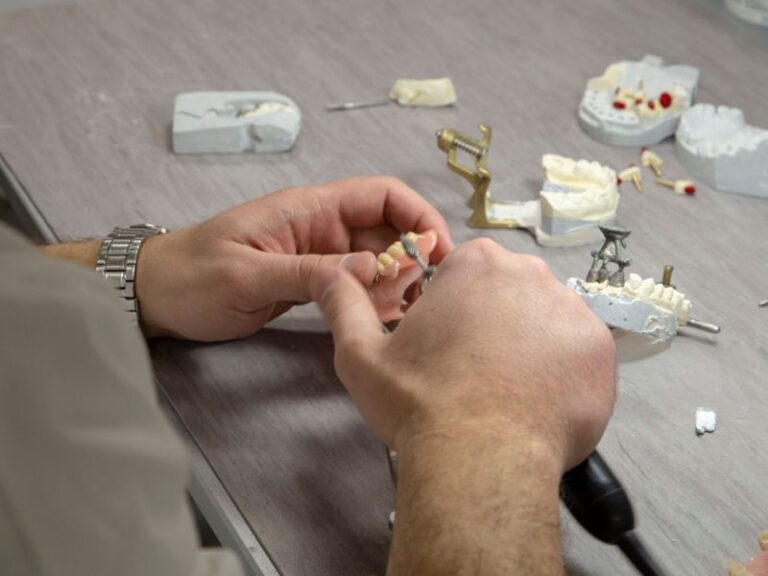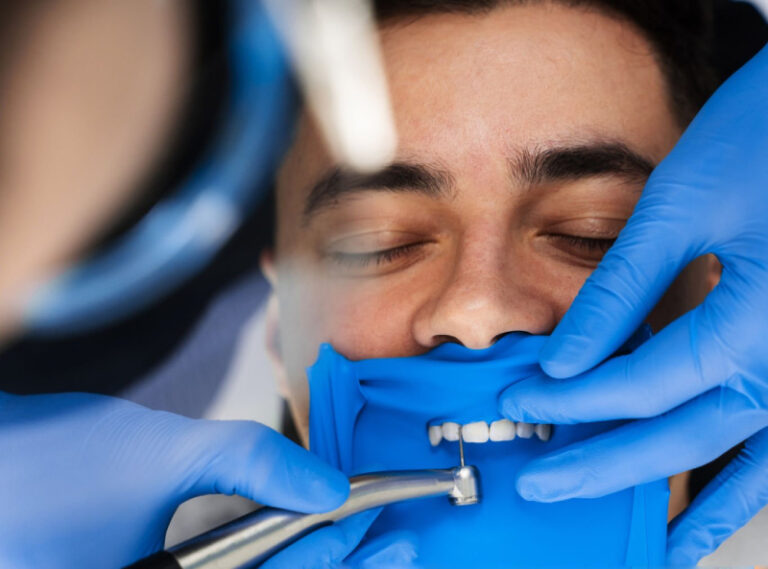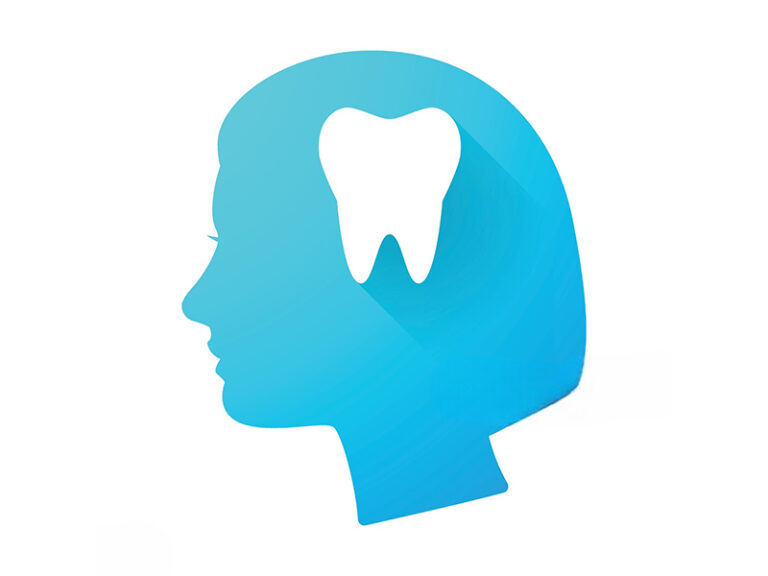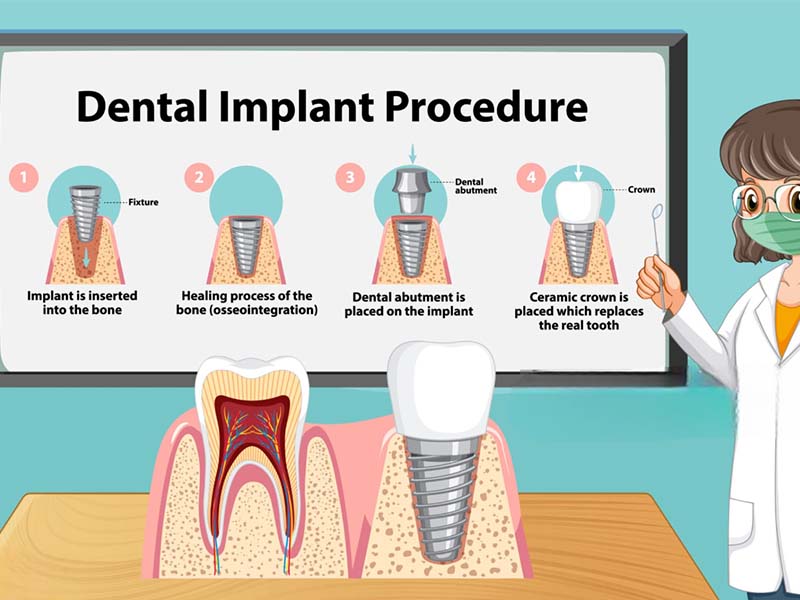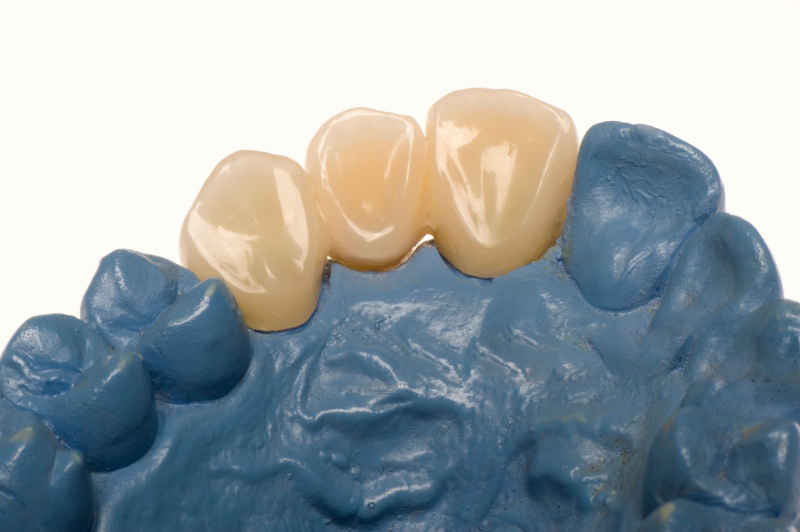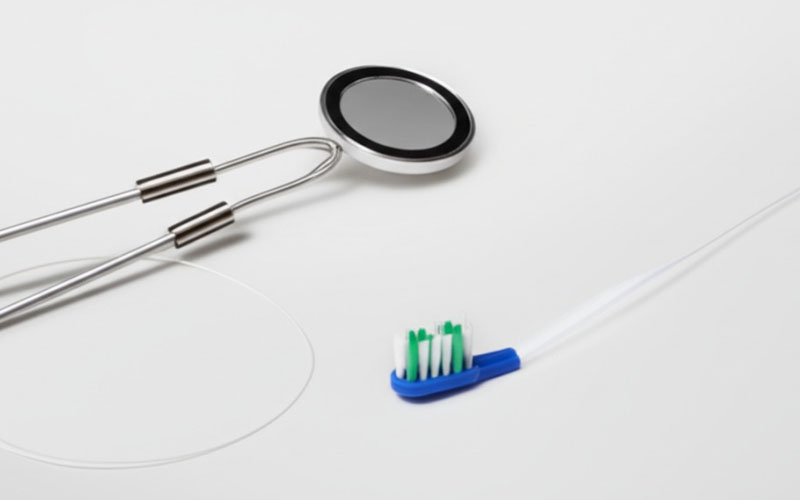
Signs of Tooth Decay: A Simple Guide to Catching Cavities Early
Ever feel a weird pain in your mouth or spot something strange on your tooth and think, “Do I have a cavity?” You’re not the only one. Cavities can show up for anyone, but here’s a bit of hope: if you know what to watch for, you can stop big issues before they happen. In this article, I’ll walk you through what to notice, what to do about it, and why understanding the signs of tooth decay is one of the smartest moves for your health.
Table of Contents
What is Tooth Decay (Dental Caries)?
Tooth decay, or dental caries, is harm to your tooth’s outside layer caused by germs, sugar, and acid. Every time you have something sweet or full of starch, germs in your mouth eat it and make acids. These acids eat away at your tooth’s enamel—the hard, shiny part you brush every day. If you don’t stop decay early, it digs down deeper, going into the dentin and pulp inside.
Why spot it early? Catching decay early saves you from pain and high bills. Fixing a small spot is way easier (and cheaper) than dealing with a big hole or infection. And keeping your own tooth always feels better than losing it.
What Are the Early Signs of Tooth Decay?
White Spots on Teeth
One of the first things you might notice is white, chalky spots on your teeth. These spots show where minerals are leaving the enamel—in other words, your tooth is starting to get damaged. It’s still small. The good news? With better brushing and more fluoride, you can fix these spots.
Tooth Sensitivity: To Cold, Hot, or Sweet Foods
Ever take a bite of ice cream and feel a quick zap? Or maybe coffee makes your tooth sting? Tooth sensitivity to hot, cold, or sweet things can mean the enamel is getting thin. The pain is usually fast and not so bad—but don’t ignore it.
Mild Pain or Discomfort
Sometimes after snacking on sweets or crunchy stuff, you may feel a little ache. It’s not sharp, just a weird or dull feeling that comes and goes. This light ache could mean something’s starting under the surface.
Changes in Tooth Surface: Roughness, Tiny Holes, or Looking Dull
Try running your tongue along your teeth. Do you feel a rough patch, small hole, or a spot that isn’t shiny anymore? These little changes mean germs are doing damage. Go see your dentist before it turns bigger.
Food Getting Stuck: New Gaps Between Teeth
Have you noticed food always gets stuck somewhere it never used to? This could mean a new gap from a small cavity. This is your first heads up that a problem is starting—or has already started.
How Does Tooth Sensitivity Show a Problem?
Everyone’s had it—a sharp tingle when you sip cold water or eat jelly. But if it keeps coming back or gets worse, it’s more than just a bother. Sensitivity happens when the enamel starts to wear away. Now hot, cold, or sweet things can reach the nerves inside faster.
If special toothpaste for sensitive teeth doesn’t help, or the pain even spreads, it’s best to book a dental visit. If you ignore sensitivity, the decay can move fast.

Why Bother Noticing Changes in Your Tooth Surface?
Your tongue checks your teeth way more than your mirror does. If you feel an edge that’s not as smooth, or find a rough or pitted place, it could mean decay is getting through the enamel or dentin.
Think of your tooth like a little castle. Once the walls get weak spots or holes, it’s way easier for bad stuff—bacteria, plaque, acid—to get inside. Spotting early lets your dentist fix it long before you get a deep, painful hole.
What If Food Keeps Getting Stuck Between Your Teeth?
Maybe it sounds odd, but if you’re always digging food out of the same spot—or it’s happening somewhere new—don’t brush it off. Cavities can make tiny holes or widen the gaps between teeth, making it easy for crackers, meat, or candy to get stuck. You might even find your floss keeps breaking there too.
When food gets stuck, more germs gather, causing even more decay. It’s a loop you want to break quickly—not just for comfort, but for your health too!
What Are the More Serious Signs of Tooth Decay?
Holes or Tiny Dents
If you can see or feel a hole or dip in your tooth, that’s a sure warning. By the time a cavity shows up, the decay has eaten through the enamel into the softer dentin. Get it fixed soon, before it reaches the tooth’s center.
Dark Spots or Stains: Brown, Black, Gray
Not every stain is from coffee or soda. If you find a brown, black, or gray mark, it might be decay. Some stains are no big deal, but this kind often means the inside of your tooth is getting weak.
Toothache That Won’t Quit
If your tooth aches even when you’re not eating—like throbbing pain at night or that stops you from thinking straight—that’s more than a little problem. The nerves in your tooth are upset. Pain that hangs around means call your dentist soon.
Pain When Biting Down
Notice a pinch or sharp pain always when you chew or bite? This may be a sign that decay has made your tooth weak, cracked it, or led to a deep infection.
More Sensitivity to Temperature or Sweets
If your tooth’s reaction to hot, cold, or sweet things is going from kinda annoying to really painful, decay could be in the center (or past it). At this stage, you might need a root canal to save the tooth.
Bad Breath or Weird Taste
Nothing hurts confidence like bad breath. If you’re stuck with a strange, sour taste or breath that won’t get better, bacteria hiding in a cavity could be to blame. Bad breath from decay isn’t just awkward—it’s a red flag that your mouth needs help.
How Does Tooth Decay Get Worse? (The 5 Steps)
| Step | What’s Happening | Signs You’ll Notice |
|---|---|---|
| Loss of Minerals | Early enamel being hurt, looks like white spots | Milky, dull spots |
| Enamel Being Damaged | Cavity breaks through enamel, might not hurt yet | Small rough spot or pit |
| Dentin Being Hurt | Decay reaches deeper, gets softer; pain may begin | More sensitivity, pain (mild-strong) |
| Center Involved | Decay reaches the nerve center, causes swelling | Throbbing pain, maybe swelling |
| Abscess Forms | Infection goes past tooth into gum or jaw; pocket of pus shows up | Bad pain, swelling, fever, pus, taste |
Each step happens faster if you don’t get help. Early decay can sometimes go away with fluoride, better brushing, and good eating. But when it gets deeper, only a dentist can help.
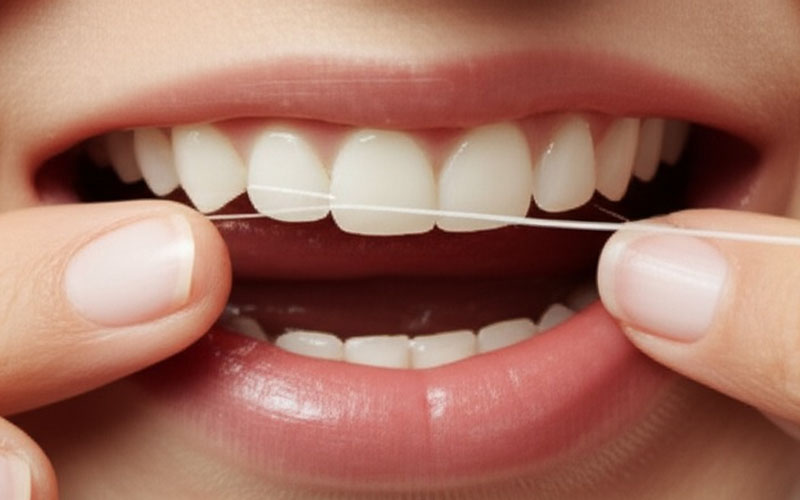
When Should You See a Dentist?
Don’t leave it to guesswork. If you notice any of these, book an appointment soon:
- Sudden, sharp, or really bad tooth pain
- Swelling in your face, jaw, or near a tooth
- Fever and tooth pain together
- Pus or leaking near a tooth or your gums
- Trouble opening your mouth or swallowing
- Any hole, dark mark, or a tooth that keeps hurting
Waiting can turn a quick fix into a bigger (and more expensive) job. A quick visit now can save your tooth—and your money.
What Causes Tooth Decay and Can You Stop It?
Most tooth decay shows up because of not brushing enough, lots of sugary snacks and drinks, and skipping dentist visits. Here’s why and how to keep it from happening:
Top Causes
- Plaque Buildup: Sticky film on teeth, packed with germs.
- Frequent Snacking: Especially sweet/acidic foods and sodas.
- Dry Mouth: Less spit means germs hang around longer.
- Health Problems: Diabetes, acid reflux, eating issues.
- Genes: Some folks get cavities more easily.
- Not Enough Fluoride: Weaker enamel.
Ways to Prevent Cavities
- Brush your teeth two times a day with fluoride toothpaste and a soft brush.
- Floss daily to clean the spots your brush can’t reach.
- Use mouthwash that kills germs.
- Visit the dentist regularly.
- Eat healthy—watch out for sweets, sodas, chips.
- Drink lots of water.
- Ask the dentist about fluoride treatments and sealants—kids especially.
Little, simple habits make a big difference. In my own family, washing up every day and teaching my kids the same keeps everyone’s smiles bright.
What Are the Ways to Fix Tooth Decay?
The fix depends on how bad the decay has gotten. Here are the options your dentist may use:
Fluoride Treatments
If you catch decay early enough, your dentist can use strong fluoride to repair your enamel and stop the cavity from growing. This isn’t painful and doesn’t take long.
Fillings
Most small to medium holes need a filling. The dentist clears out the bad part, then patches it up with a sturdy material like resin or metal.
Crowns
If the cavity is big, a crown (a cap over your tooth) can protect it. This takes a couple of trips but saves your tooth from being pulled.
Root Canal
When decay reaches the center and gets infected, a root canal might be the only way to keep your tooth. The dentist removes the infection, then seals it up and covers it with a crown.
Tooth Removal
If it’s really bad, sometimes the tooth needs to come out. Then your dentist will help figure out how to fill the gap—maybe with a bridge or an implant.
| Fix | When Used | What It Does |
|---|---|---|
| Fluoride | Early decay, white spots | Repairs enamel, stops small decay |
| Filling | Small or medium holes | Restores tooth, stops more decay |
| Crown | Big cavities, cracks, weak teeth | Caps tooth to protect it |
| Root Canal | Deep infection, nerve involved | Removes infection, saves tooth |
| Extraction | Can’t save tooth, very damaged | Removes tooth, stops infection |
FAQ: What People Like You Ask Most
Q: Can little cavities go away on their own?
A: Sometimes, very small spots can heal with fluoride and neat brushing. But when there’s a hole, only the dentist can fix it.
Q: Does being sensitive always mean a cavity?
A: Not every time! Sometimes it’s just thin enamel or gums pulling back. Still, new pain is worth getting checked.
Q: If my toothache goes away, am I fine?
A: Not always. Sometimes the nerves die in a really bad tooth, so the pain stops—but the problem just gets bigger.
Q: How often should I see the dentist?
A: For most people, every six months. But ask your dentist, just in case you need more.
Key Points: What to Remember
- Cavities start small. Notice white spots, sensitivity, or rough spots and act fast.
- Pain or holes mean it’s gotten worse. Don’t wait. Go see the dentist!
- Stopping problems is better than fixing them. Brush, floss, eat right, and see the dentist regularly.
- The sooner you get it fixed, the cheaper and easier it is. Fillings, fluoride, crowns, and root canals work best when you act quickly.
- Your dentist is your best helper. Not sure what’s wrong? Get checked.
If you think you might have tooth decay, or just want someone else’s opinion, call your dentist today. Taking action now keeps your teeth stronger, your smile nicer, and your life a whole lot happier.
References

